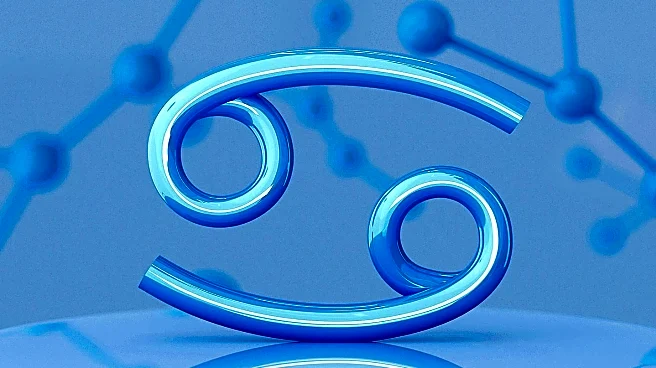What's Happening?
Research from the University of Tokyo suggests that hair graying may be linked to a biological process that defends against cancer. The study, published in Nature Cell Biology, found that melanocyte stem
cells (McSCs) react to DNA damage by differentiating and leaving the system, leading to graying. This process, called seno-differentiation, helps eliminate potentially harmful cells. However, when McSCs encounter carcinogens, they may avoid differentiation and continue dividing, which could lead to tumor formation. The findings indicate that graying and melanoma are divergent outcomes of stem cell stress responses.
Why It's Important?
This research provides new insights into the relationship between aging, DNA damage, and cancer risk. Understanding how stem cells respond to stress and DNA damage could lead to advancements in cancer prevention and treatment. The study reframes hair graying as a potential protective mechanism, highlighting the complex interplay between biological processes and disease prevention. These findings may influence future research directions and contribute to the development of strategies that leverage natural defense mechanisms against cancer.
What's Next?
Further research is needed to explore the implications of these findings for cancer prevention and treatment. Scientists may investigate how to harness the protective pathways identified in the study to develop new therapies. Additionally, public awareness campaigns could educate individuals about the potential health benefits of graying hair, challenging perceptions of aging and promoting acceptance of natural changes.
Beyond the Headlines
The study highlights the importance of understanding the body's natural defense mechanisms and their role in disease prevention. It raises ethical questions about how society views aging and the pursuit of youthfulness, potentially influencing cultural attitudes towards natural aging processes. This research may also inspire discussions about the balance between cosmetic interventions and health preservation.











